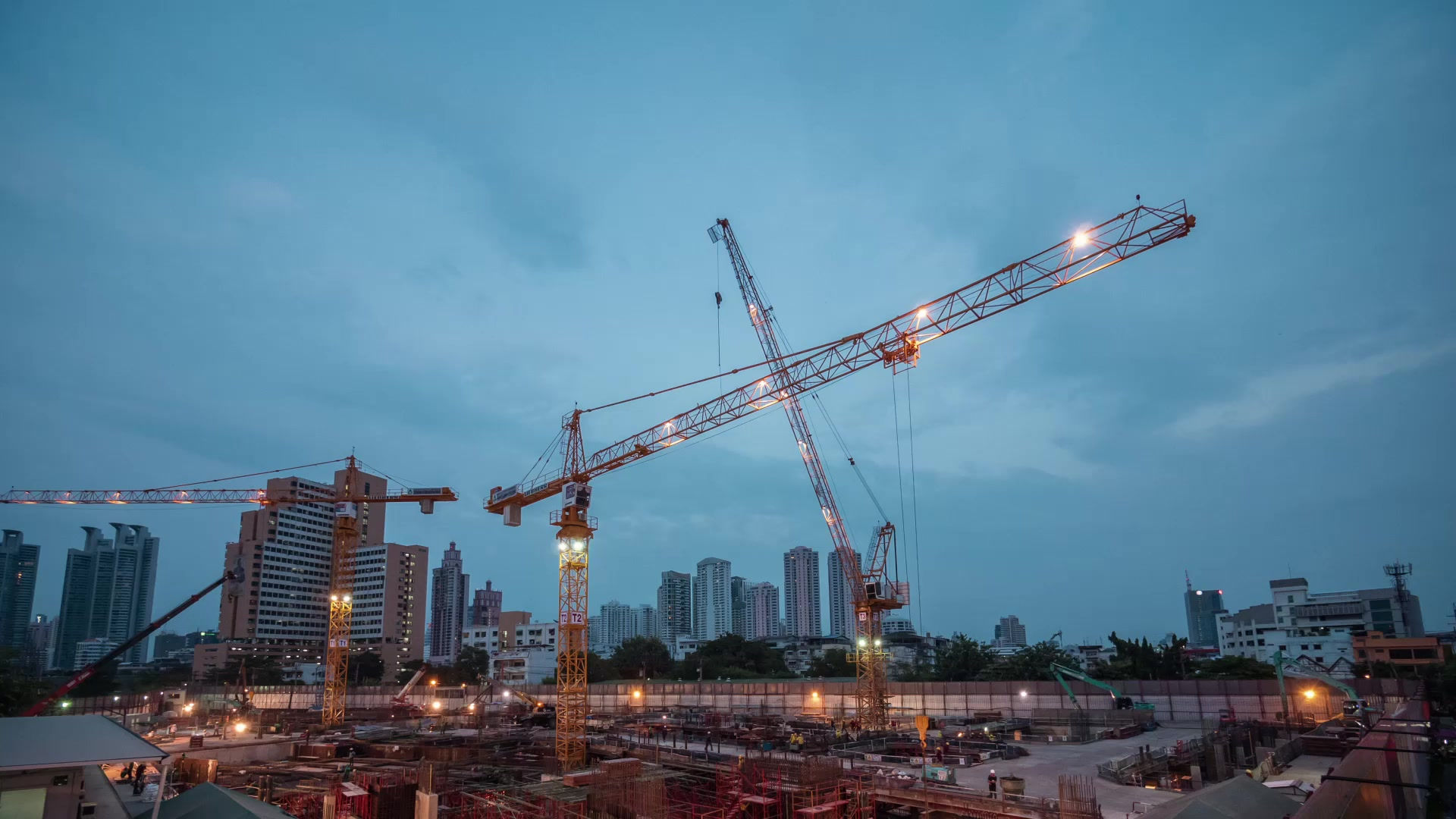How Civil Engineers Shape Modern Infrastructure
- Stephen Huong

- May 20
- 3 min read
Civil engineers are the backbone of modern society. They design, build, and maintain the infrastructure that we rely on daily. From roads and bridges to water supply systems and waste management, civil engineers play a crucial role in our lives. This blog post explores how these professionals shape our modern infrastructure, the challenges they face, and the future of civil engineering.
The Role of Civil Engineers
Civil engineers are responsible for all sorts of structures and systems that support daily life. Their work includes several essential tasks:
Designing Structures: Civil engineers create blueprints for buildings, bridges, and roads. They must ensure these structures are safe, functional, and aesthetically pleasing.
Analyzing Sites: Before construction begins, engineers perform site assessments to determine ground conditions, water drainage, and environmental impact.
Project Management: Once a project is underway, civil engineers oversee operations, ensuring that work is completed on time and within budget.
Maintaining Infrastructure: They are also tasked with monitoring and maintaining existing structures to ensure they remain safe and functional.

How Civil Engineers Use Technology
With advancements in technology, civil engineers are now utilizing sophisticated tools and software. These technologies enhance the design and construction processes, making them more efficient and effective.
One important tool is Building Information Modeling (BIM), which allows engineers to create 3D representations of structures. This not only helps in visualizing projects but also improves collaboration among teams. A study from the National Institute of Building Sciences indicated that BIM can save up to 20% in project costs by streamlining communication and reducing errors.
Drones and satellite imagery provide valuable data for surveying and site analysis. High-resolution images allow engineers to monitor construction progress, inspect hard-to-reach areas, and ensure compliance with design specifications.

Addressing Urbanization Challenges
As the world continues to urbanize, civil engineers face unique challenges. According to the UN, over 68% of the global population will live in urban areas by 2050. This rapid growth demands innovative infrastructure solutions.
Civil engineers are addressing these challenges through sustainable practices. For instance, some cities are implementing green roofs, which reduce heat and manage stormwater.
Additionally, engineers are focusing on improving public transportation systems. Projects like light rail and bus rapid transit can alleviate traffic congestion and reduce carbon emissions. Civil engineers play a vital role in designing these systems to ensure they meet the needs of growing populations.
Sustainable Practices in Civil Engineering
Sustainability is at the forefront of modern civil engineering. Engineers are continually seeking ways to minimize environmental impact while maximizing efficiency.
This includes using recycled materials in construction, like crushed concrete or reclaimed wood. For example, the "One World Trade Center" in New York used about 20% recycled steel in its construction.
Moreover, civil engineers are integrating green infrastructure solutions. This involves using natural processes to manage stormwater runoff and improve air quality. Examples include permeable pavements and rain gardens, which not only enhance aesthetics but also provide ecological benefits.

The Future of Civil Engineering
The future of civil engineering looks promising and exciting. With emerging technologies and a growing emphasis on sustainability, civil engineers are poised to tackle the challenges of tomorrow.
Innovations such as 3D printing could revolutionize construction, allowing for quicker building times and reduced waste. Moreover, the integration of artificial intelligence in project management is set to enhance efficiency and decision-making processes.
The role of civil engineers will continue to evolve as cities grow and change. Collaboration with architects, environmental scientists, and urban planners will become increasingly important to create integrated solutions that best serve communities.
In this context, companies like cvc engineers are leading the charge, pioneering cutting-edge projects that align with modern demands and sustainability objectives.
Building a Resilient Infrastructure
Creating resilient infrastructure is crucial to withstand natural disasters and unforeseen events. Civil engineers are now focusing on designing structures that can endure earthquakes, floods, and other adversities.
Risk assessment is an essential part of this process. Engineers use historical data and predictive modeling to evaluate potential hazards and inform their designs. For example, California's new buildings have heightened earthquake-resistant standards to ensure safety and durability.
Community engagement is also vital. Civil engineers work with local communities to understand their needs and gather input on projects, fostering a sense of ownership and trust.
In conclusion, civil engineers are instrumental in shaping the world we live in. They design and maintain the infrastructure that supports our daily lives while addressing environmental concerns and urbanization challenges. As technology continues to advance, the responsibilities and impact of civil engineers will only grow. Their commitment to sustainable practices and resilient infrastructure will ensure a brighter future for generations to come.




Comments